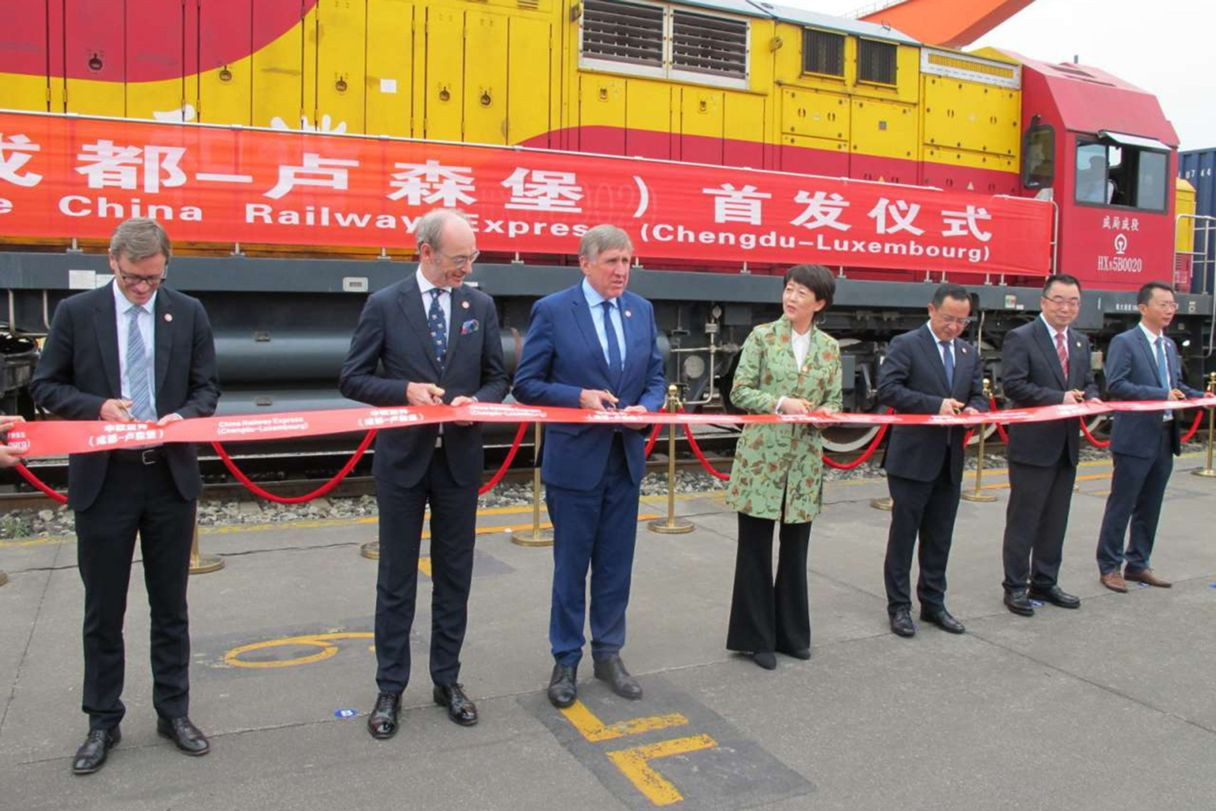Mobility minister François Bausch, who was in the country for a working visit, was present for the train’s departure in the capital of China’s Sichuan province, as were CFL reps.
The train will travel some 10,000km through Russia, Belarus, Poland and Germany before arriving in Luxembourg. Although this departure is a test run--a successful run in the opposite direction was initiated on 4 April this year, was successful in transporting over 40 containers--the ministry sees “real opportunities” for the types of goods to be transported, according to its communiqué, as well as the role the Luxembourg-based hub could have in serving southern Europe.
The route also provides a connection between Luxembourg and the broader Chinese Belt and Road Intitiative. According to figures provided by the ministry, in 2018 some 6,300 trains ran between China and Europe, a figure expected to reach 8,000 in 2019--far exceeding an original 2016 target of 5,000 trains by 2020.
On Sunday, the last day of his working visit to China, Bausch met again with the deputy mayor of Chengdu, Xiaoliu Liu, as well as aviation and airport authorities of both capitals (including Cargolux and lux-Airport representatives). While the Chinese partners expressed interest in becoming an aviation hub similar to cities such as Peking or Shanghai, Liu is looking in to developing further ties with the grand duchy. A Chinese delegation is heading to Luxembourg in January 2020 to continue discussions.
